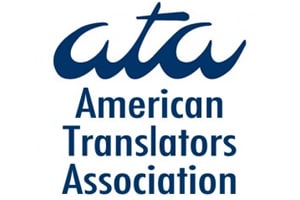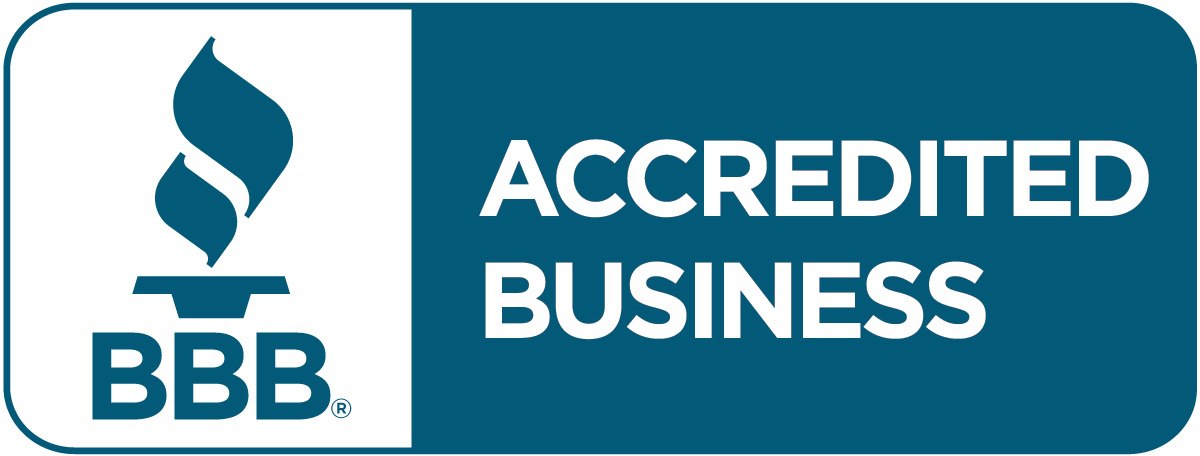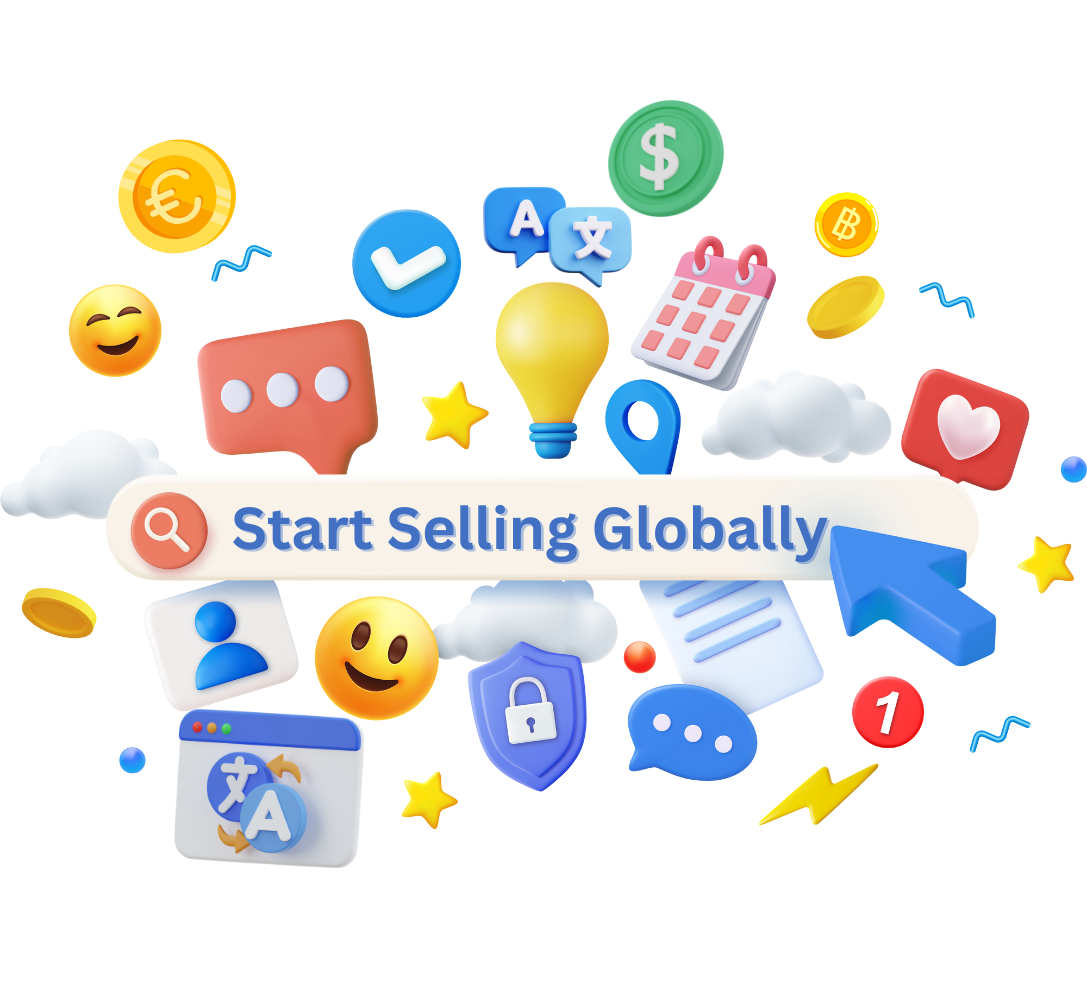E-commerce Translation Services to Boost Global Sales
- Product Descriptions that Sell – Persuasive, culturally adapted translations that resonate with local buyers.
- Localized Checkout Experience – Ensure seamless, trust-building user experiences from product pages to payment.
- Boosted International Visibility – Optimize content for local search engines to capture more global traffic.




The Key Advantages of Using Our E-commerce Translation Services
Translation Services
Grow your business globally with expert translations that adapt your online store for local markets, increasing engagement and conversions.
Seamless Checkout
Enhance customer trust by localizing your checkout process, ensuring seamless and secure transactions for international buyers.
Reach Global Audiences
Optimize your content with culturally relevant translations, helping your brand stand out and drive sales in global markets.
Request a precise quote now!
E-commerce translation is revolutionizing how you connect with global customers in the digital marketplace. Your online store’s success in international markets depends heavily on speaking your customers’ language—literally and figuratively. When you implement professional e-commerce translation services, you’re not just converting text; you’re creating authentic shopping experiences that resonate with local audiences. By adapting your product descriptions, checkout processes, and customer support to multiple languages, you can significantly increase your conversion rates and expand your market reach. Research shows that 76% of online shoppers prefer to buy products with information in their native language, making this service vital for your global business growth.
The Global E-commerce Landscape
A thriving digital marketplace awaits your business as global e-commerce sales are projected to reach $6.3 trillion by 2024. Your potential customer base extends far beyond domestic borders, with over 2.14 billion people shopping online worldwide. This digital revolution has transformed how you can reach and engage with customers, making it easier than ever to tap into international markets through effective e-commerce translation strategies.
Market Opportunities
Across different regions, you’ll find unique opportunities to expand your e-commerce presence. With 75% of online shoppers preferring to buy products in their native language, your business can gain a significant competitive advantage through proper localization. By implementing effective e-commerce translation, you can access markets where your competitors might hesitate to venture, potentially increasing your market share by 20-30%.
Language Barriers and Solutions
Between your business and global success stands the challenge of language barriers. Your potential customers are 73% more likely to make a purchase when product information is available in their native language. Through professional e-commerce translation services, you can overcome these barriers and create a seamless shopping experience for your international customers.
For instance, your e-commerce success in new markets depends heavily on accurately translating product descriptions, payment options, and customer support materials. When you invest in quality e-commerce translation, you’re not just converting text – you’re adapting your entire online presence to resonate with local customers, including currency formats, measurement units, and cultural preferences. This comprehensive approach can lead to a 200% increase in conversion rates among international customers.
Core Elements of E-commerce Translation
While expanding your online store globally, you need to focus on several key components that make up effective e-commerce translation. Your success in international markets depends on accurately translating and localizing product information, pricing, shipping details, and customer support content. Research shows that 76% of online shoppers prefer to buy products with information in their native language, making these elements vital for your global e-commerce strategy.
Product Description Adaptation
Product descriptions require more than word-for-word translation for your international audience. You need to adapt specifications, measurements, and sizing to local standards while maintaining your brand voice. Studies indicate that 40% of consumers never buy from websites in other languages, highlighting why your product descriptions must resonate with local customers through culturally appropriate language and terminology.
Cultural Sensitivity in Content
Around 75% of consumers prefer to buy products from websites that show cultural understanding. Your e-commerce content needs to reflect local customs, holidays, and cultural preferences. By adapting your content to local markets, you can avoid cultural mishaps and build trust with your international customers.
Elements like color schemes, imagery, and payment preferences vary significantly across different markets. Your e-commerce translation strategy must account for these cultural nuances. For instance, while red symbolizes luck in Chinese markets, it may carry different connotations in other cultures. Understanding these distinctions helps you create more effective and culturally appropriate content for your target markets.
E-commerce Content We Translate
From product descriptions to customer emails, we help small online stores adapt every part of their website to engage both international shoppers and multilingual audiences within the U.S.
Why Choose Our E-commerce Translation Services?
- Increase Sales by Speaking Their Language – Multilingual customers are more likely to make a purchase when product information is available in their native language.
- Reach U.S. and Global Audiences – The U.S. is home to diverse language communities. Translating your online store can boost visibility not only abroad but domestically.
- Seamless User Experience – From browsing to checkout, we localize every part of the buyer’s journey, reducing friction and cart abandonment.
- Fast Turnaround, Scalable Solutions – Whether you need to translate a handful of products or an entire catalog, our scalable services adapt to your needs.
- Want to reach more customers? Let’s help you localize your store and start selling to a global audience today.
FAQ
Find the answers to the most frequently asked questions!
What parts of my online store can you translate?
We translate product descriptions, checkout pages, category pages, automated emails, and customer support sections. Every touchpoint in the buyer journey can be localized to enhance the user experience.
How can e-commerce translation help me reach more customers in the U.S.?
The U.S. has large multilingual communities. Translating your store into Spanish, Chinese, or other widely spoken languages helps you connect with domestic customers who prefer shopping in their native language.
How do you ensure my product descriptions resonate with international buyers?
We localize product descriptions by adapting them to the cultural and linguistic preferences of your target market. This ensures the language feels natural and appealing to buyers.
Can you translate my store into multiple languages at once?
Yes! We can translate your e-commerce site into multiple languages simultaneously, ensuring consistency across all regions.
How long does the translation process take?
Most projects are completed within 5 to 10 business days, depending on the size of the store and the number of products. Urgent projects can be expedited.
Will translating my website help with international SEO?
Absolutely. We localize keywords, meta descriptions, and product tags, helping your store rank higher in search engines across different countries and regions.
Do you offer ongoing translation for product updates and new listings?
Yes. We provide ongoing support to translate new products, seasonal promotions, and any updates to ensure your store remains fully localized.
How to Get Started with E-commerce Translation
Localizing your online store is simple. Follow these steps to start reaching international buyers and multilingual audiences in the U.S.:

1. Submit Your Store or Product Listings
Upload product descriptions, website content, or provide access to your store platform. We support direct translations from Shopify, WooCommerce, and other major e-commerce platforms.

2. Get a Quote & Project Timeline
Our team reviews your store’s content and provides a detailed quote within 24 hours. We outline the turnaround time and align with your launch schedule.

3. Translation, Localization & Review
E-commerce experts translate and localize product listings, checkout pages, and key customer touchpoints. Internal reviews ensure accuracy and cultural relevance.

4. Delivery & Platform Integration
Receive ready-to-launch translations or have them implemented directly into your store platform. We offer post-launch support for updates and ongoing product additions.
Need continuous updates? We offer ongoing translation services for new product launches and promotions.
Technical Aspects
It is important to consider various technical elements when implementing e-commerce translation on your website. You need to ensure your platform supports multiple languages, character sets, and right-to-left scripts. Your content management system should handle different language versions efficiently, while maintaining proper URL structures and meta tags for each translated page.
International SEO Optimization
Among the key factors for your e-commerce success in global markets is proper international SEO optimization. You need to implement hreflang tags, create localized URLs, and develop market-specific keyword strategies. Research shows that 76% of online shoppers prefer to buy products with information in their native language, making proper SEO localization vital for your visibility in international search results.
Currency and Format Localization
By adapting your e-commerce platform to display local currencies and formats, you can significantly improve your conversion rates. You need to ensure your website automatically detects and displays prices in the visitor’s local currency, along with appropriate tax calculations and shipping costs. Studies indicate that 92% of shoppers prefer to make purchases in their local currency.
Localization extends beyond simple currency conversion – you must consider date formats, measurement units, and address fields that match local conventions. Your checkout process should accommodate different payment methods preferred in various regions, and your platform needs to handle multiple tax systems and shipping regulations. This comprehensive approach to format localization can increase your conversion rates by up to 70% in international markets.
Quality Assurance in Translation
Not every translation service can guarantee the level of quality your e-commerce business needs. Your content requires a robust quality assurance process that includes multiple review stages, terminology consistency checks, and final proofreading. According to industry statistics, 87% of consumers won’t purchase from websites with incorrect translations, making thorough QA important for your global success.
Professional Standards
Below industry standards, you’ll find various certification requirements that ensure your e-commerce translation meets international quality benchmarks. Your translation projects should follow ISO 17100 standards for translation services, which specify requirements for all aspects of the translation process. Studies show that certified translations can increase your conversion rates by up to 70% compared to machine-translated content.
Cultural Verification Process
Between the initial translation and final delivery, your content undergoes a thorough cultural verification process. This step ensures that your e-commerce translations are not just linguistically accurate but also culturally appropriate for your target markets. Research indicates that 75% of consumers prefer to buy products in their native language when the content is culturally relevant.
Another critical aspect of the cultural verification process is the review of visual elements, color schemes, and imagery in your e-commerce platform. You need to ensure that these elements resonate with your target audience’s cultural preferences and avoid any potential cultural faux pas. This comprehensive approach can lead to a 150% increase in engagement rates for your international e-commerce platforms.
Return on Investment
To maximize your e-commerce translation ROI, you need to understand that investing in professional translation services can yield significant returns. Studies show that 75% of consumers prefer to buy products in their native language, and businesses investing in translation services see an average ROI of 214% within the first year. Your investment in quality e-commerce translation can lead to increased sales, improved customer satisfaction, and stronger market presence in international markets.
Conversion Rate Impact
Conversion rates typically increase by 70% when you provide product information in your customers’ native language. By implementing professional e-commerce translation, you can significantly improve your website’s performance in international markets. Your localized content helps build trust with potential customers, making them 3.6 times more likely to complete a purchase when compared to English-only sites.
Market Share Growth
About 60% of global consumers rarely or never buy from English-only websites. By investing in e-commerce translation, you can tap into new markets and expand your customer base significantly. Your business can experience market share growth of up to 30% within the first year of implementing a comprehensive translation strategy for your e-commerce platform.
Share in your target market’s growth potential by developing a long-term translation strategy. When you invest in professional e-commerce translation, you position your business to capture a larger portion of the global market. Data shows that companies with localized websites are 2.5 times more likely to experience sustained market share growth compared to those without translated content. This approach helps you build lasting relationships with international customers and establish your brand as a trusted global player.
Implementation Strategy
Unlike traditional translation projects, e-commerce translation requires a strategic approach that combines linguistic expertise with technical implementation. You need to consider various elements like product catalog management, SEO optimization, and cultural adaptation. For comprehensive guidance on this process, check out E-commerce Translation Services to Boost Global Sales . Your strategy should align with your business goals while maintaining consistent brand messaging across all markets.
Process Overview
Behind every successful e-commerce translation project lies a well-structured process. Your journey begins with content audit and market analysis, followed by choosing target languages based on your audience demographics. The implementation typically involves creating a translation memory, setting up a glossary of terms, and establishing quality assurance protocols. Research shows that 76% of online shoppers prefer to buy products with information in their native language.
Timeline Management
Around 60% of e-commerce translation projects face delays due to poor timeline management. Your project timeline should account for content preparation, translation, review cycles, and technical implementation. A typical e-commerce website translation project can take 8-12 weeks, depending on the content volume and number of target languages.
To ensure smooth project progression, you need to establish clear milestones and deadlines for each phase. Your timeline should include buffer periods for unexpected challenges and quality assurance reviews. Regular status updates and progress tracking help maintain project momentum while ensuring all stakeholders stay aligned with the project goals.



